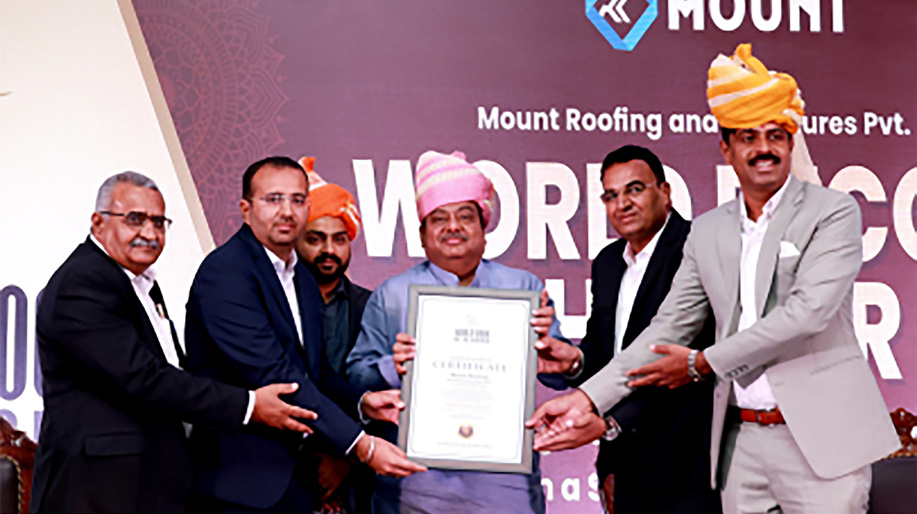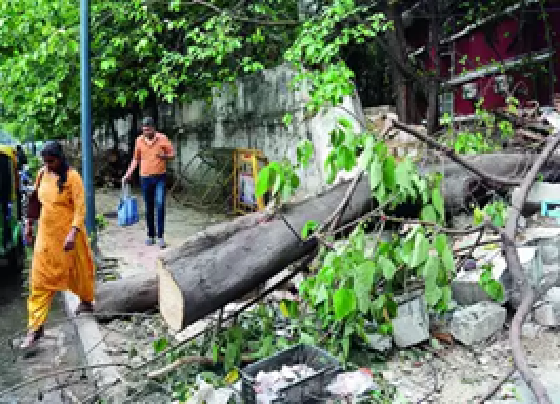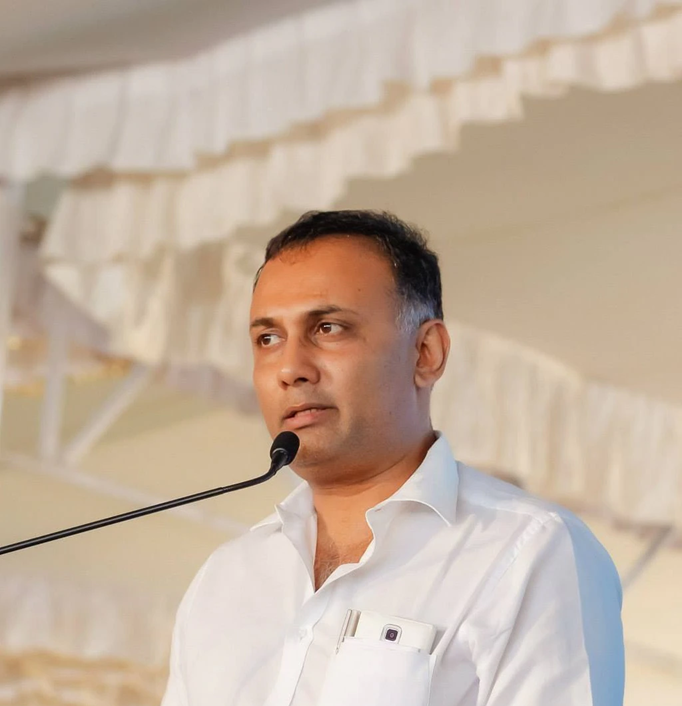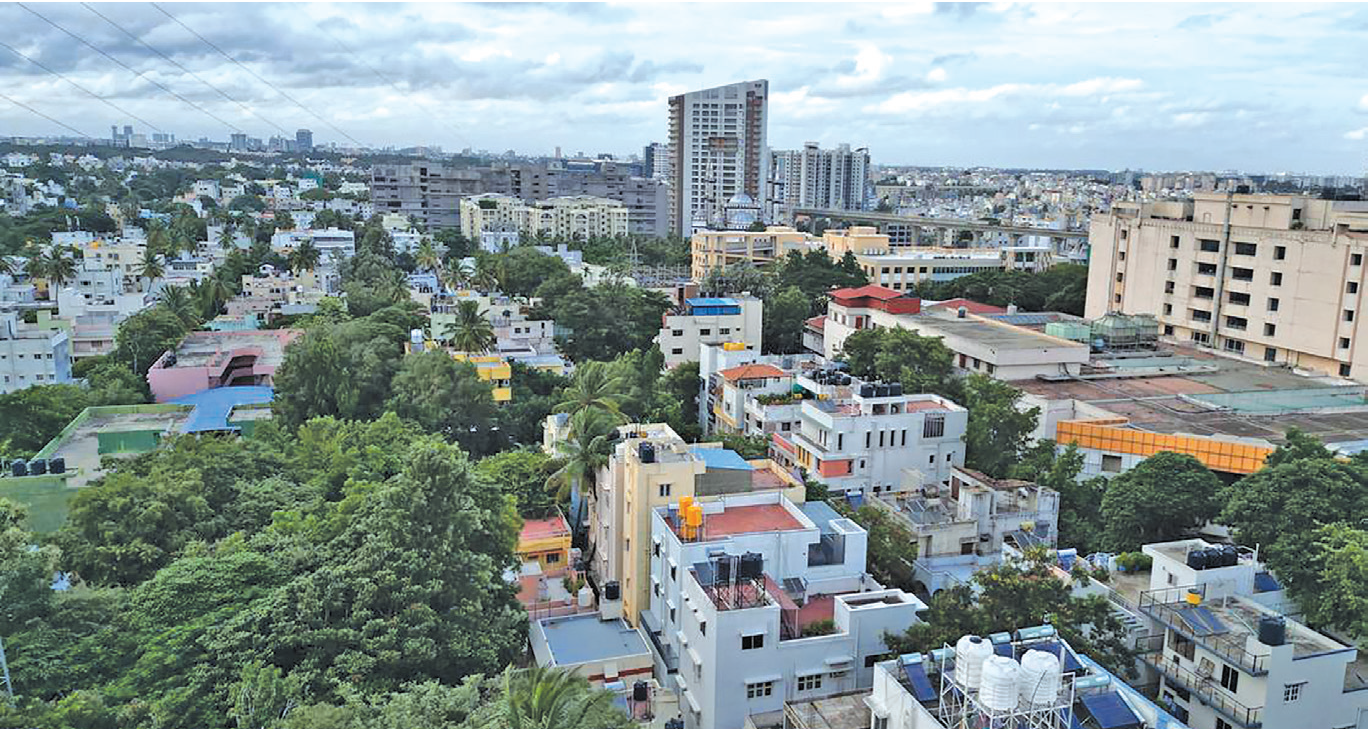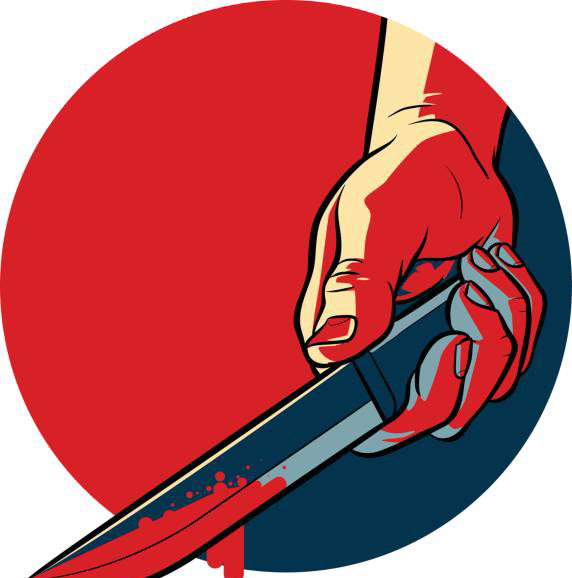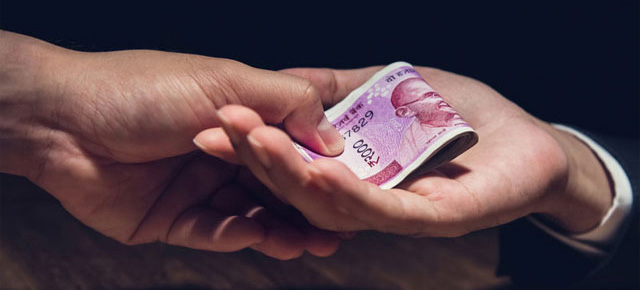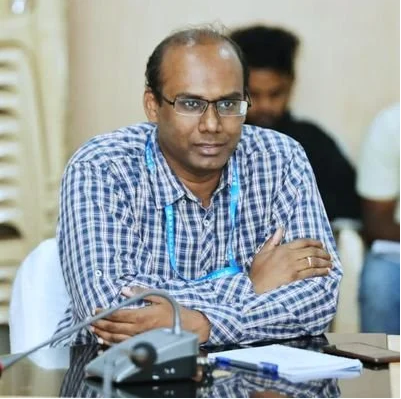
Improving sports infra and spotting talent pool crucial for K’taka: D Randeep
NT Bengaluru
Karnataka’s penchant for diversity while accommodating different people from communities belonging to different regions, has provided the state’s Youth Empowerment and Sports Department (DYES) an opportunity to channel their sporting talent into success stories. All that are needed are good infrastructure, the right training for coaches to identify talent and the right prioritisation, according to Secretary to the Government, DYES, D Randeep, IAS.
In an exclusive interview with News Trail, Randeep spoke about his plans to bridge gaps and the supportive role of the Chief Minister who handles the sports portfolio. Here are excerpts.
Q:What’s your current assessment of sports infrastructure outside Bengaluru? The district stadiums are good enough to host state-level meets. However, most taluks don't have a stadium. If my memory serves me right, of around 200 taluks, 75 do not have one and in around 15 taluks, land has been transferred to start work. For those taluks where a stadium is not possible, a small sporting arena can be developed in open grounds present in Hoblis. A uniform structure where all district stadiums possess equal infrastructure is also something we’re working on.
Q:What about sports infrastructure in Bengaluru? As per announcements made in the Budget earlier this year, a Sport-City is planned on the outskirts of Bengaluru. A 70 acre piece of land in Yelahanka is the potential spot for the planned multi-sport facility. Stadiums in four corners of the city are being worked on by the department.
Q:A lot of athletes claim that they are not backed properly even as they try to achieve their best. How are you going to bridge the gap? It is very important that coaches are trained in the right manner to identify talent. It is necessary that each district has 100-150 sportspersons participating at least at the state level. For that, identifying talent at a young age is the key. The Institute of Sport Sciences here provides training to Physical Education trainers from the Education Department to identify talent. This can help make a talent pool which can be further developed.
Q:Are coaches well-equipped to identify such talent? Although they are well numbered, we have to use them properly. We are undergoing a process of rationalising the system wherein coaches, who do not have a team of athletes to work with, are deployed in places where a trainer is needed. For example, a basketball coach for a women’s team which cannot be formed, will be transferred to a city centre where a women's hockey team can easily be formed. We also have permission to rope in more coaches, if needed.
What impression do you make of the Chief Minister’s push to improve sport? Financially, we are well backed by the Chief Minister. In fact, it’s the department that should put it to work. We have established an engineering wing exclusively for sport infrastructure, led by an executive engineer. Innovative schemes like the Mini Olympics, Dasara Cup and the Senior Olympics have had a positive impact on participation. What I would like to suggest is prioritising talent identification by improving infrastructure and handling talent better.
 English daily published in Bengaluru & Doha
English daily published in Bengaluru & Doha

